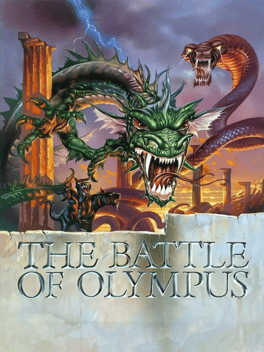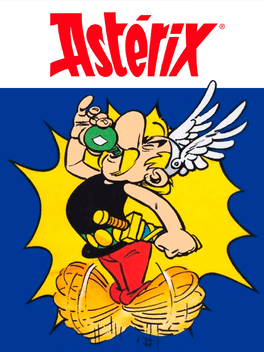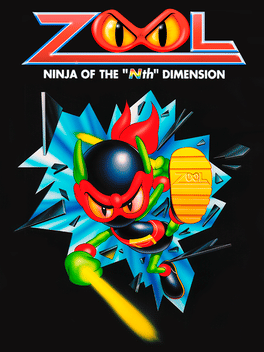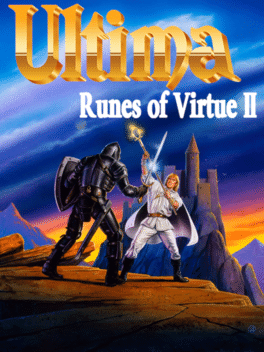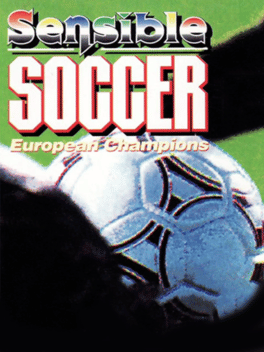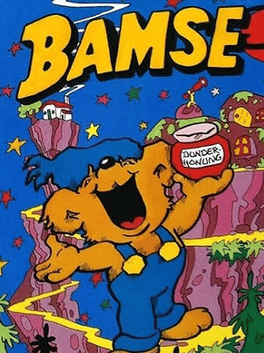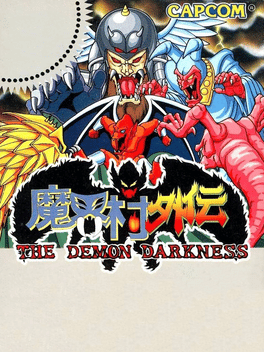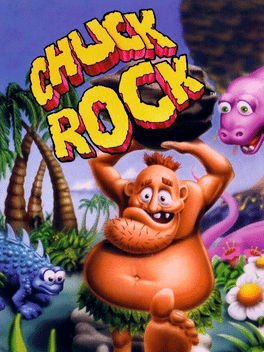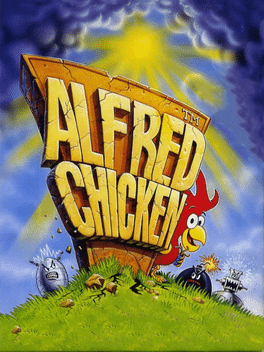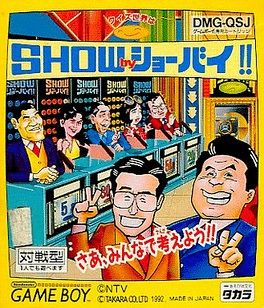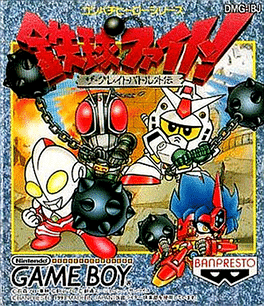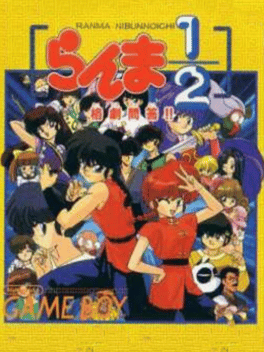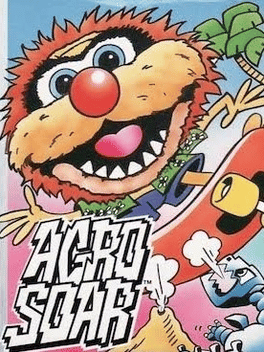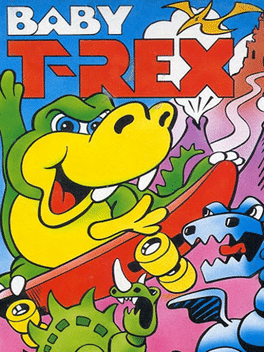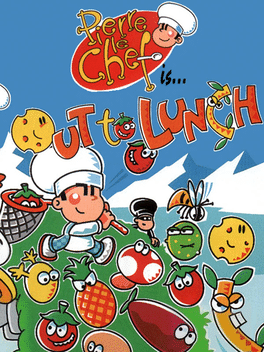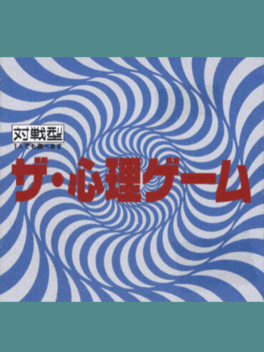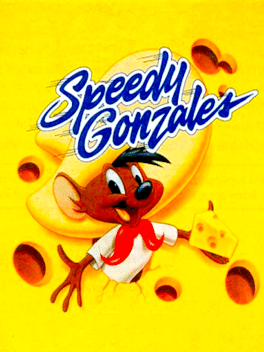New Gb Games - Page 27
-
Astérix
1993
-
F1 Pole Position
1993
-
Zool
1993
-
Ultima: Runes of Virtue II
1993
Ultima: Runes of Virtue II is the sequel to Runes of Virtue. It maintains the action-RPG gameplay of the original. In this game, the Black Knight kidnaps Lord Tholden, simply out of boredom. Lord British sends you, the Avatar, out to recover Tholden and return peace to Britannia. -
Sensible Soccer: European Champions
1993
Sensible Soccer: European Champions is a fast-paced soccer game. The action is shown from a top-down perspective which only shows a part of the playfield. The controls only use one button to initiate a shot: how long the button is pressed determines the strength and the direction pad controls the direction. However, there is also a novice mode available with the usual division between a shoot and pass button. Another important option is the dribbling (novice or expert) which sets how well the ball sticks to the controlled athlete. Before starting a match, there are also some limited tactical options available (choosing the formation and switching the position of athletes around). In contrast to the computer versions there are no pre-set tournaments, but the player can start two tournaments with customizable requirements: cup or league. The cup allows to set the number of rounds (one to four) and some rules can be switched on or off for each round individually (number of legs, extra time, penalties). The league on -
Bamse
1993
Bamse
1993
Bamse, the strongest bear in the world, is a popular Swedish cartoon figure created by Rune Andréasson in 1962. This is his first appearance in a video game. The game was exclusively created for the Swedish market. Bamse is not an original game. Instead it is a re-skinned version of Baby T-Rex by the same developer. This explains why the settings of the game appears out of context with very little to do with the original cartoon. It also suffers from translation errors and contain left overs from the original game which do not fit in. It is a very traditional platform game where you run and jump to get to the end of the stage. There are a total of 4 "worlds", each with 3 stages and a final boss stage. The gameplay is fast paced, with slides and skateboards for added speed. You can find small jars of "Dunderhonung" and bowling balls to throw at the enemies. There are also power-ups to replenish health and obtain extra lives. -
Makaimura Gaiden: The Demon Darkness
1993
star 8.1Makaimura Gaiden: The Demon Darkness is a action platforming game released in Japan for the Game Boy in 1993. It is the second title for the handheld platform featuring the demon Red Arremer (also known outside of Japan as Firebrand, a boss from Ghosts 'n Goblin) as the player character. The game was originally set to be localized in English as Gargoyle's Quest II, but North American release plans were eventually cancelled. -
Chuck Rock
1993
Chuck Rock
1993
The game is a side-scrolling platformer. Chuck fights a variety of dinosaurs using his belly-buster attack and a jump kick. Occasionally he has to pick up and throw rocks to defeat enemies and allow him to jump to greater heights. -
Alfred Chicken
1993
Alfred Chicken
1993
star 6.4Alfred Chicken is a platform video game developed by Twilight and published by Mindscape. The game was released for Amiga, Amiga CD32, Game Boy, NES, Super NES in 1993 and February 1994, in Europe and North America, respectively. -
Quiz Sekai ha Show by Shoubai!!
1993
Released by Takara for the Game Boy (1992) and by Taito for the Arcade (1993). Based on the game show of the same title, broadcasted on Nippon Television. -
Ranma 1/2: Kakugeki Mondou!!
1993
Ranma 1/2: Kakugeki Mondou!! is a Role-Playing game, developed by Sun L and published by Banpresto, which was released in Japan in 1993. -
Agro Soar
1993
-
Sports Illustrated: Golf Classic
1993
Sports Illustrated: Golf Classic is a Sports game, developed by Unexpected Development and published by Malibu, which was released in Europe in 1993. -
Baby T-Rex
1993
Baby T-Rex
1993
It's REX To The Rescue! You were once just a typical Tyrannosaurus-10 tons of terror with lots of teeth and really bad breath. Now, thanks to Captain NewEye' Brain Grain formula, you're the intelligent giant reptile called Rex - and you're hopping mad! Evil Professor ScrewEyes has "dino-napped" your prehistoric pals, Woog, Dweeb and Elsa, and is holding them prisoner in his castle. Only you have the brains and brawn to set them free! Follow a mystical map that will take you from the outskirts of the Jurassic Jungle through the Cretaceous Caves to well within the castle walls. Then it's on to the Dungeon and, if you avoid extinction, up into the Tower. 16 levels of "brain-draining" obstacles, traps and other dangers await you-not to mention power-boosting inventions, carefully hidden bonuses and secret worlds of adventure. So step on it big guy-or your friends could end up as colossal fossils! -
The Fidgetts
1993
The Fidgetts
1993
star 5The Fidgetts is a puzzle side-scrolling platform game in a similar vein as 'The Lost Vikings'. The player can switch between two Fidgetts (cartoon-like animals) to get past obstacles. One of the Fidgetts can jump higher to reach objects or locations otherwise unreachable. They can also lift and drop items to help them climb over obstacles. Within each level the player must get both Fidgetts to the exit before a time runs out. There are pit traps and enemies that can cause the Fidgetts to loose lives or receive damage. -
Pierre le Chef is... Out to Lunch
1993
Pierre Le Chef is famed worldwide for his mouth-watering recipes involving the freshest ingredients. So, when the vegetables start attempting to run away from him, he has no choice but to chase after them. Out To Lunch is a platform game set across 6 countries, starting off in Switzerland and finishing in Paris. To recollect the vegetables he must first stun them, either by firing at them or jumping on them, then walk over them, in a manner similar to Fire & Ice. Unusually, the game was converted from the SNES to the Amiga, not the other way around. -
The Shinri Game
1993
The Shinri Game
1993
The Shinri Game is an Adventure game, published by Visit, which was released in Japan in 1993. -
Speedy Gonzales
1993
Speedy Gonzales
1993
star 5.8Speedy Gonzales is an Action game, developed by Citizen Software and published by SunSoft, which was released in 1993.
